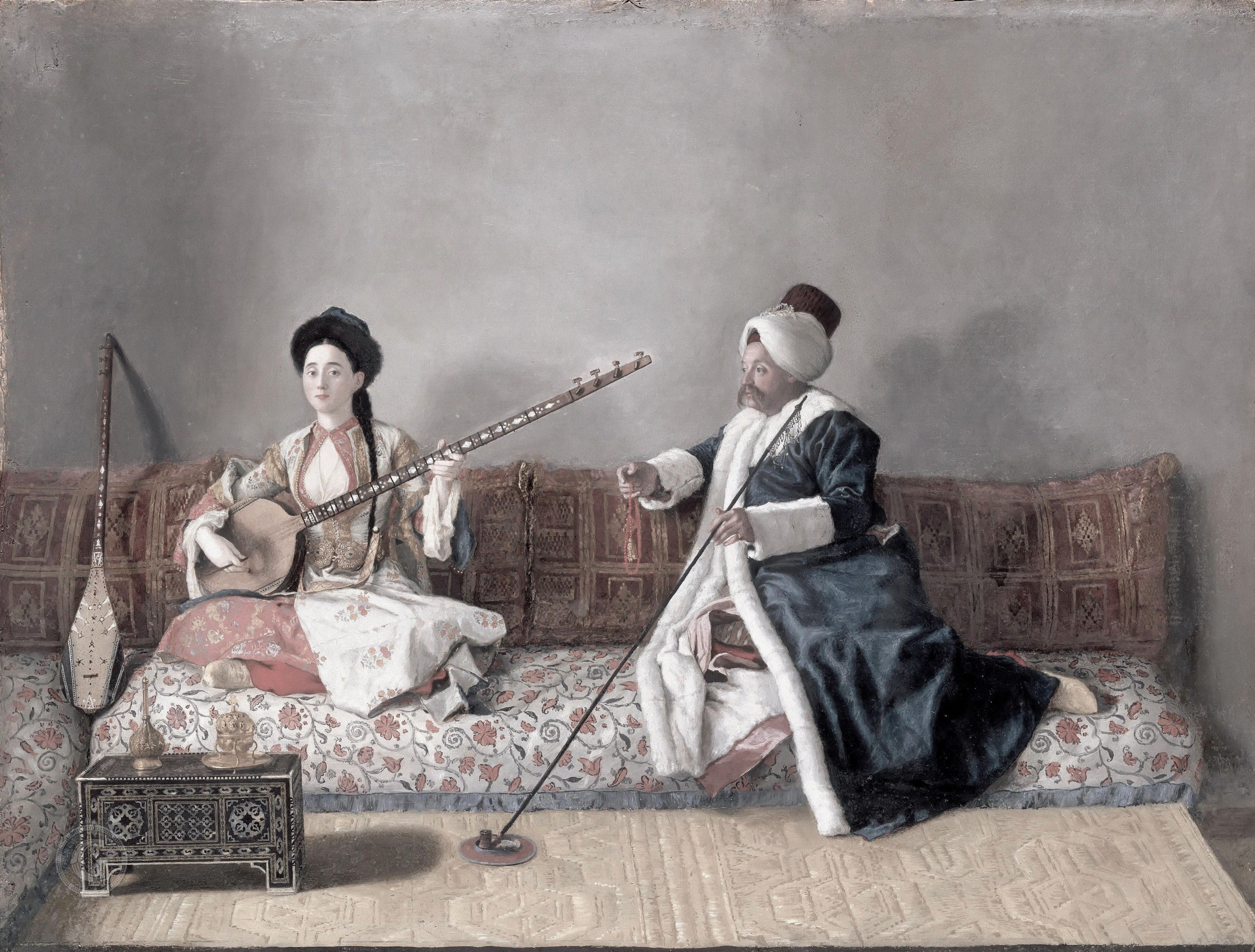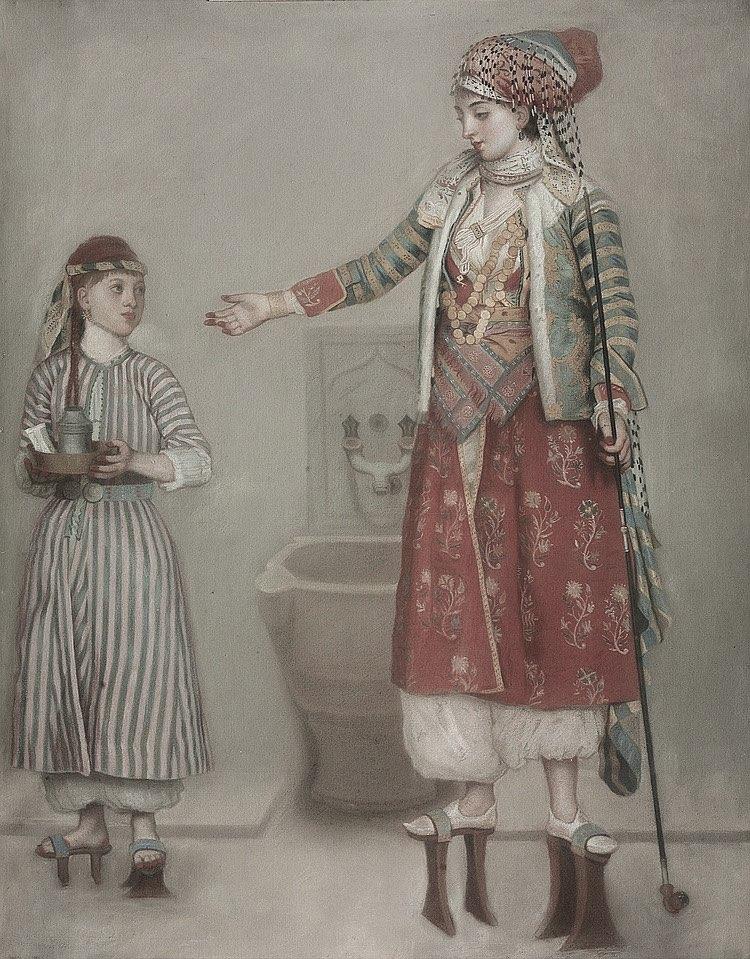Imaret’s Hammam A true bathing story

The women of East were famous for their bright and silky skin. Washing and cleansing with water was not only a religious obligation, but a passion for the appearance and a luxurious leisure.
The ritual of the hammam included all means used then for grooming, perfuming and sensual mood. It began in the morning and ended in the evening after complicated processes of several hours.

Julia Pardo in “Beauties of the Bosphorus” describing scenes from hamam of 1830 formed
"a spectacular dreamy image, making me doubt if what I saw was actually the creation of a confused mind".

They rubbed their skin with natural sponges, showered their hair with egg yolks, used the white eggs to eliminate wrinkles around their eyes. “It’s not easy to define the beauty of Eastern women” proclaims Edmondo De Amicis in 1896 in a travel book.
Almond and jasmine creams, roses and spices were used in the premises of hammam to increase the ladies’ charm. Sandalwood, frankincense and myrrh flavored their bodies while they simultaneously prevent from the evil eye (Samuel Baker).

They didn’t use bathtubs due to the superstition that the stagnant water contained ifrit (evil creatures).
They walked onto wooden shoes (clogs), real works of art decorated with pearl and precious stones which protect their feet from the hot marble bath and reduce the risk of slipping by protecting them from the jealously jeans hiding in the secret dark corners of hamam.

For women hammam meant an endless list of things that should have with them. Therefore, for the “Grandes Dames” the hammam expenses were along with jewels, the most serious investment in the harem budget.
Gold and silver hubcaps to throw water on their bodies, silk towels embroidered with semiprecious stones to cover themselves, pearls to knit their hair, ivory comb to comb them.

White pure soaps in ornamented sheaths, yoghurts prepared with fresh fruit to quench their thirst, water pipes to smoke after bath.
Each woman was carrying huge varieties of fragrances, essential oils and creams. They test and they exchanged their beauty secrets. They made depilatory creams from fossil and they use "mothers of pearls" to abstract them.

Topkapi archives mention that every woman consumed for her bath a quantity of water that cleans 100 men.
Smells of herbs and massage with essential oils, pomades of fruits and nuts, honey and yogurt, mixed with art, mysticism and mastery created a myth around the women of East and made them a fantasy in puritan and pietist Europe.

Imaret’s Hammam

Hand made soaps made of pure olive oil, rose and ash accompanied by almond, myrrh and rosewater recreate the original bathing practice of the 18th century

The Authentic Ritual 90mins - €150
The Authentic Ritual for Two 90mins - €300
The illustration was based on details of Oriental fabrics and costumes from artworks of the painter J, E. Liotard (1702-1789).
From delicate lace and silks to turbans and furs, Liotard’s depictions of textiles reveal his astonishing command of detail and texture. His work is a superb record of the fashions of his age.

